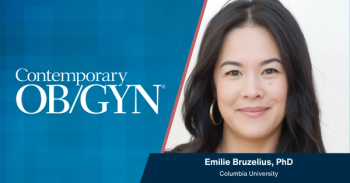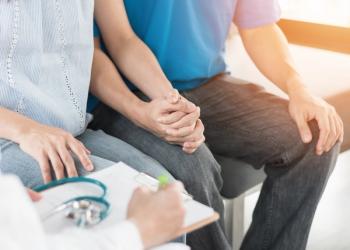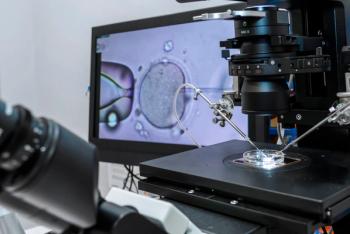
Prevent Osteoporosis Before It's Too Late
Osteoporosis is an enormous public health problem. Twenty-eight million Americans suffer from this disease, a condition which can cause crippling fractures. It is the major cause of disability among American women. However, while there is no cure for osteoporosis, it is important to remember that proper treatment can help stop further bone loss and prevent fractures.
Osteoporosis is an enormous public health problem. Twenty-eight million Americans suffer from this disease, a condition which can cause crippling fractures. It is the major cause of disability among American women. However, while there is no cure for osteoporosis
Osteoporosis literally means "porous bone." The disease weakens the skeletal structure leaving bones so thin, fragile and brittle that even a minor strain, bump or fall can lead to a fracture or a collapsed vertebra. There are no warning signs or symptoms of osteoporosis. Bone deterioration happens slowly and without pain, hence the epithet the "silent disease." "Today's wrist fracture is tomorrow's hip fracture," says Robert Lindsay, M.D., Ph.D., president of the National Osteoporosis Foundation. Hip fractures are by far the most devastating consequence of osteoporosis requiring surgery and months (or years) of recuperation.
Some groups are at greater risk. Everyone will experience some bone loss as they age, but not all will develop osteoporosis. Research shows that factors such as race, size, gender, and age put certain groups of people at greater risk of acquiring the disease. Caucasians and Asians have a 2 to 3 times greater chance of developing osteoporosis than African Americans and Hispanics. Also at high risk are thin people with small body frames. While one-third of all men over age 75 have osteoporosis, 80 percent of the Americans who have osteoporosis are women. Women are more prone to osteoporosis than men because they tend to have lower bone mass.
Experts estimate that after age 50, women have almost a one-in-two chance of suffering an osteoporosis-related fracture in her lifetime. This is largely due to the rapidly declining
in menopausal women which can trigger rapid bone loss, setting the stage for a fracture.
Early detection is key. Unfortunately, in the vast majority of cases, osteoporosis is discovered only after a patient suffers a fracture. Most of these instances can be prevented with a simple bone density test. Bone mineral density tests are the most precise method for determining the presence of osteoporosis. Until recently, bone density was evaluated using conventional X-ray systems. However, this method did not reveal a potential problem until the patient lost 25-30 percent of bone density. Now, new diagnostic devices help physicians identify risk at a much earlier stage.
At Health Management Specialists we use the latest state-of-the-art equipment to test bone density. Considered by physicians the best and most effective test, the DEXA, for dual energy X-ray absorptiometer, can spot even a one percent bone loss. Using a small amount of radiation, about 1/10 of a typical chest X-ray, this highly sensitive densitometer measures the exact density of the spine, hip and wrist bones, the most frequent sites of fracture. The procedure is safe, painless and non-invasive, and test results are ready in just minutes. Information obtained from these tests helps our physicians prescribe a treatment modality that help patients build bone mass, prevent fractures, and lead healthier lifestyles.
Recent studies show that among women ages 40 to 50, 56% had low bone density and 19% had bone-density scores indicating osteoporosis. Ideally, women in their 40s should have their first bone density test two to three years before menopause. This gives the physician time to develop a prevention and treatment program that will have maximum results. If the first test shows no significant bone loss, most doctors suggest waiting four years to run another one. But if the first test shows signs of osteoporosis, yearly follow-ups will help monitor both the condition and the treatment.
Newsletter
Get the latest clinical updates, case studies, and expert commentary in obstetric and gynecologic care. Sign up now to stay informed.
















